In this article, we will tackle one of the biggest issues with skis - choosing the right size and type. We want to give you the ultimate guide because we know that looking for the perfect pair can be a real pain in the neck. Let's dive into it.
How do I know my ski size?
To estimate the right size of the regular, long skis you have to take into account several factors:
- your height
- your weight
- you ability level
- the preferred type of terrain
- your ski style
Looking for a shortcut? Try ski size calculator.
Shorter = better
Let's start from scratch. The length of regular long skis should be between your chin and the top of your head. This can be a range of a couple of centimeters, so let's have a look at when to opt for shorter, and when for longer skiis.
Go for shorter skis when:
- you are a beginner, since they are easier to maneuver than longer skis
- your weight is bellow average for your height
- you will not frequently enjoy fast ride
- you want to make short, quick turns
- you want carving skis
Go for longer skis in case you:
- want to ski fast n' hard
- your weight exceeds the average for your height
- will take your skis mainly off the trail
You can choose from longer options too
How to pick the skis?
When selecting skis, you also want to pay attention to your ability level. Simply put, when you aim for skis that will forgive the beginner's mistakes, you will choose softer and shorter skis, whereas as a pro who desires to achieve high speed or conquer a difficult terrain, you might go for long, more firm skis.
If you are new to the slopes, or you want to work on your skills, you will probably prefer skis that are easy to control, with a softer flex and shorter and narrower shape.
Skis intended for intermediate or advanced skiers are made in a wider shape than skis for beginners and usually provide stronger, less adaptive core. The specific disposition will varry based on the supposed style and terrain.
Expert skis are designed to provide support in high speed and challenging terrain. They are therefore more solid and more difficult to manage at lower speed. They are designed for specific styles and conditions.
Most of the manufacturers create skis for specific types of terrains, therefore you have to consider, where you want to use your skis.
What ski size to choose for a woman?
The process of selecting the correct ski size for women is identical to the process described above.
Female skis vary from male skis though. Since women weigh less and have a lower center of gravity, skis intended for them are usually lighter and require less strength to control. Their softer core allows women to turn much easier.
What ski size to choose for a man?
Selecting ski size for a man follows the same pattern as described above. Pay attention to your height, weight, style, ability level, and presumed terrain.
However, there is no reason for male skiers not to use female skis and vice versa.
What ski sizes choose for children?
Selecting ski sizes for children is again based on their height and weight. A simple chart can help you to determine the correct size. However, the right length of skis for kids should measure between their chest and nose.
Select size closer to the chest when the kid:
- is a beginner or a bit afraid
- weigh less than the average for their height
- learns turning skills of want to make quick and sharp turns
Size closer to the nose will suitable when you child:
- has bigger weight than average for their height
- is a skilled skier
- enjoys a fast ride
What happens if skis are too long?
Even when you consider these factors and you will make a precise calculation, you can still find out that your skis are too long. In this case, you will have a pretty hard time turning them and you think that the slope is not wide enough for you and your skis.
And that's just the beginning…
I bet you wish there was an easier way to select the skis.
Well, there is. For such a complex issue, we come up with a very simple solution. No more difficult measuring, no more estimating the ability level, no more skis for just one type of terrain.
Ski sizing debunked
Short skis are the answer
Don't let the ski manufacturers confuse you anymore with the difficult process of selecting the skis. It doesn't have to be like this. You don't need to be an expert to enjoy skiing. Skiing can be fun from the process of selecting the perfect skis all the way up to the top of the slope.
Ranging from 50 to 140 cm, short skis are also known as skiboards, snowblades, skiskates, or simply Snowfeet. You can choose one specific type but you don't have to worry that you will be limited in your choice by your weight, height, or terrain. One type of ski is suitable for all sizes and all terrains.
What happens if skis are too short?
Actually, a lot. Short skis allow you to move with much more ease, they are easy to control and such fun to use. They are lighter than regular skis and their short length allows you to move more freely. Plus, they are very easy to carry around, so you don't need to bother with a long and heavy load every time you want to go skiing. You can simply put your short skis into your backpack and hit the road.
What size skiboard do I need?
The same applies to skiboards, as well as skiskates or snowblades. The size is the same for everybody, both adults and kids. The only thing you might want to adjust in case you have bigger or smaller feet than 36-49 EU / 4.5-14.5 US / (22.5-32.5 MP/Ski boot size), is the binding. But that is actually very easy and you can do it on your own at home.
However, skiboards, the widest of short skis come in three different lengths: 65, 90, and 120 cm providing different advantages.
Gear up for your next winter adventure
65 cm long skiboards combine skiing and skating, allowing you to explore new possibilities. 90 cm skiboards ensure an incredible carving experience, whereas 120 cm model is perfect for beginners providing great support without limiting you with long and heavy skis.
What they all have in common though, is that they are easy to maneuver, very light on your feet and shape which will allow you to take them anywhere.
Are shorter skis better for beginners?
Most skiers agree that short skis are better for beginners than long skis. Short skis provide enough support, but they don't limit your movement. They are very light, so your legs are not burdened by them.
Skiskates are a specific type of short skis, combining skiing and skating experience. Learning skiskating is a bit different from learning skiing so it can be a different kind of challenge. However, it is not difficult to learn, especially when you are familiar with skating.
Are short skis easier?
As well as with any new sport, it will take some time to master them, but the learning curve is pleasantly fast. However, they are very light and they will allow you to move more freely.
Also, they are great fun to try so you will enjoy the process a lot.
Are shorter skis better for knees?
Short skis are lighter and easier to turn than regular long skis, so from this point of view, yes. However, always consider your individual state and health.
Should older skiers use shorter skis?
Short skis are lighter and easier to maneuver and therefore more suitable for skiers who feel a certain decline in their strength, fitness abilities, or reflexes. Skiboards provide thanks to their wide base, extra support, which can come in handy, too.
Do shorter skis go slower?
No, they can actually go as fast as regular skis.
It is a common misconception that short skis are slower on the slopes. The length of the skis doesn't affect their speed. It is also easier to make short turns with short skis.
What skis are the easiest to turn?
Short skis are the easiest skis to turn.
Since short skis are very light, they are not as difficult to control. Whereas you need some space to turn with long skis, with short skis, you can make short turns.
Long story short, long skis can be a pain in the neck, all the way from the process of selection to the transportation and the skiing itself. With short skis, all of these problems disappear and only the joy of easy and light skiing remains. Who would say no to that?

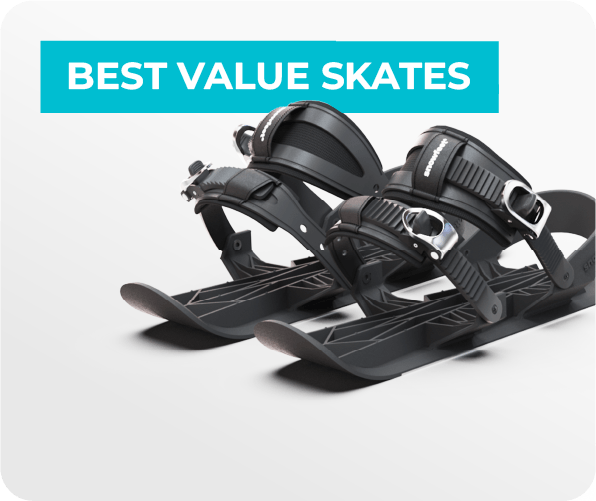


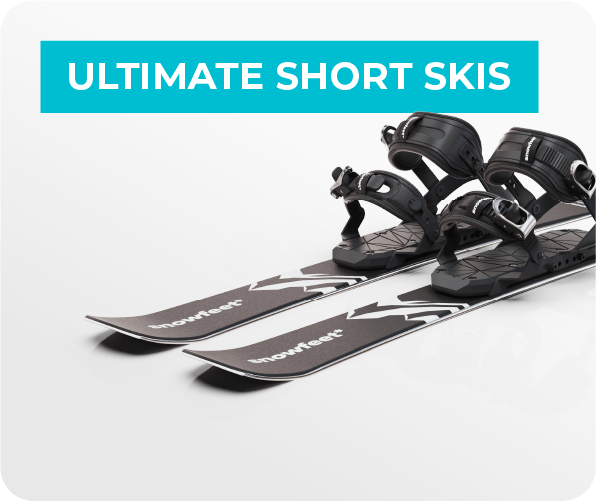


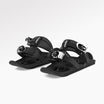
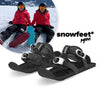

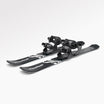



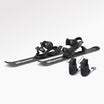
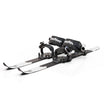

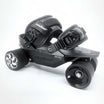

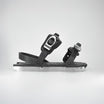






















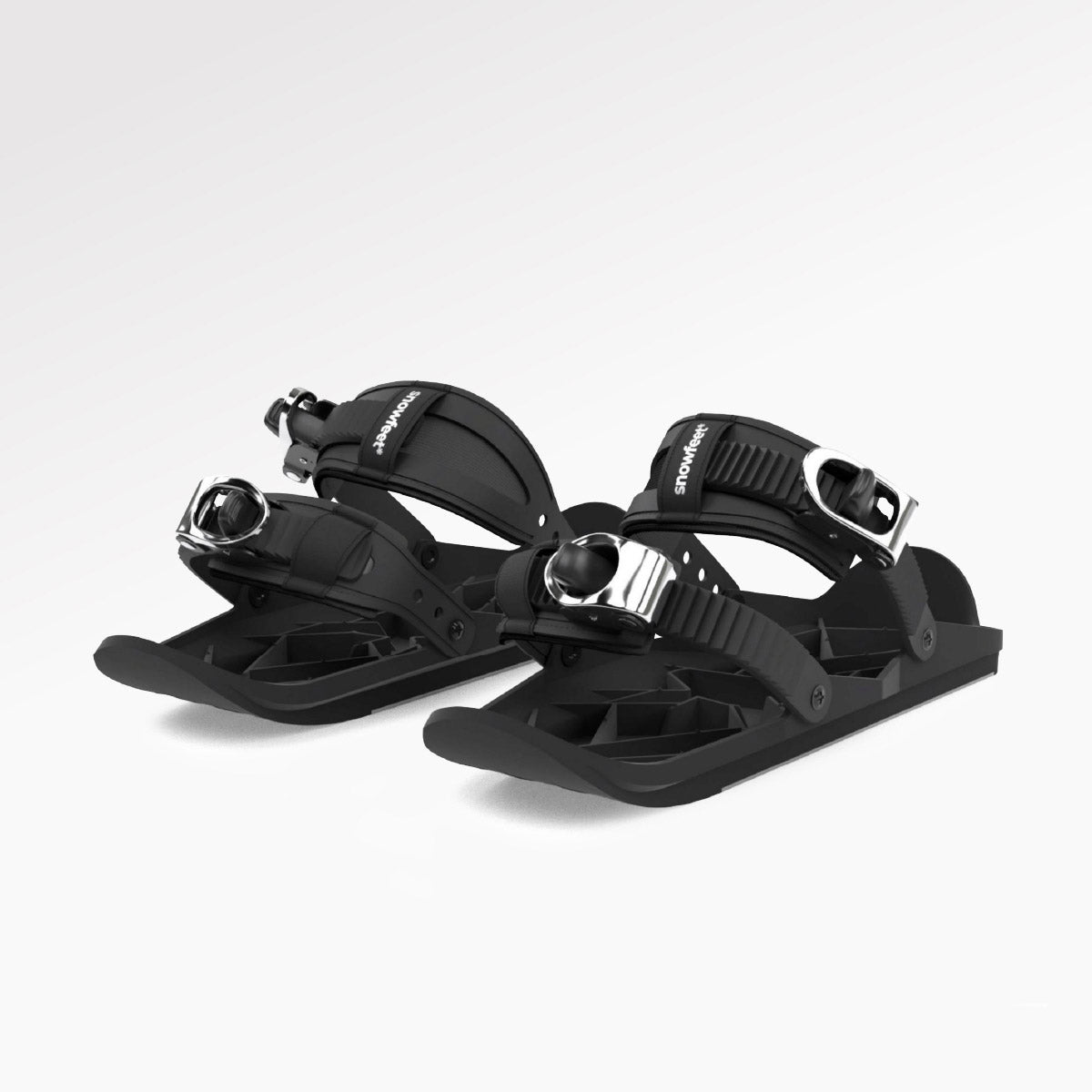
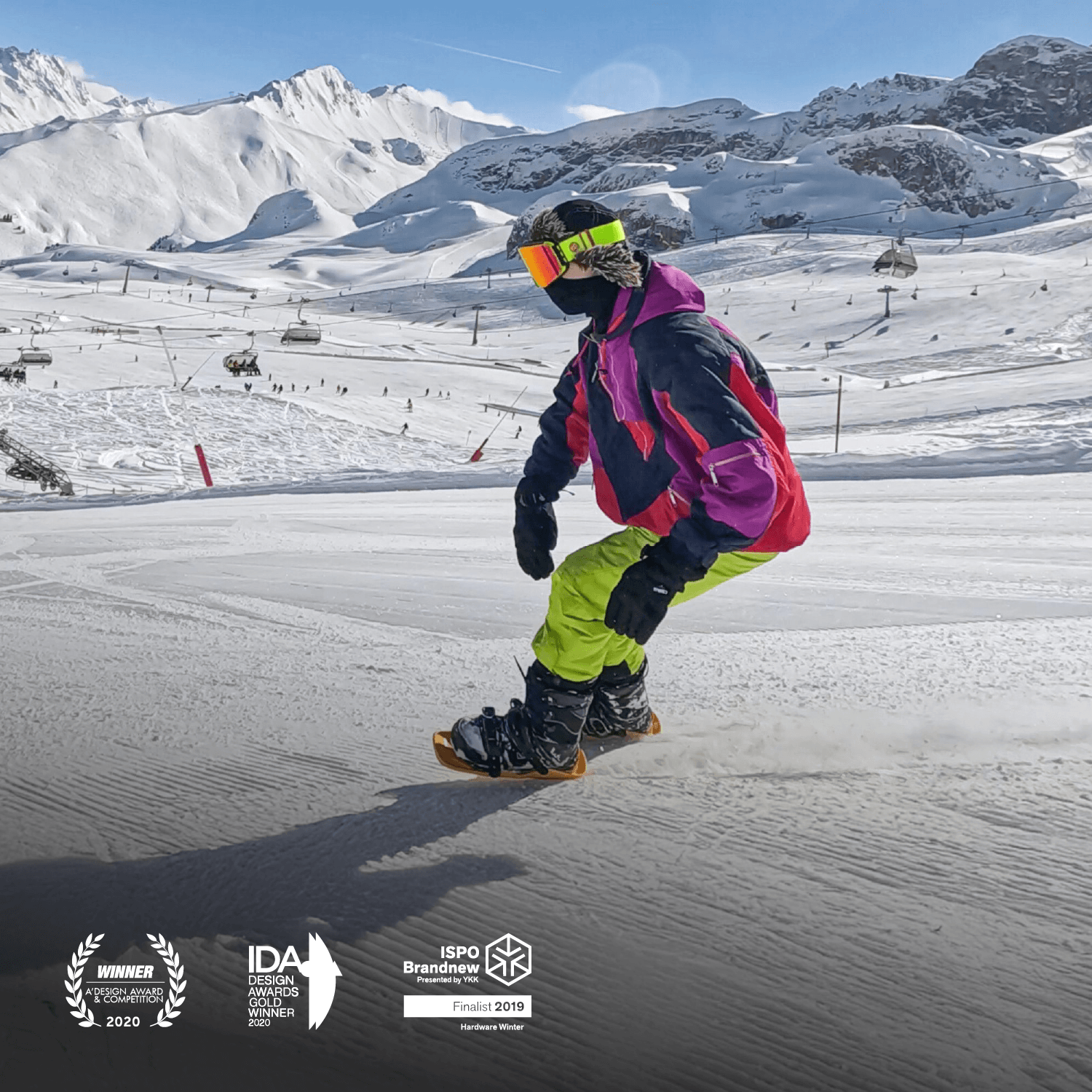
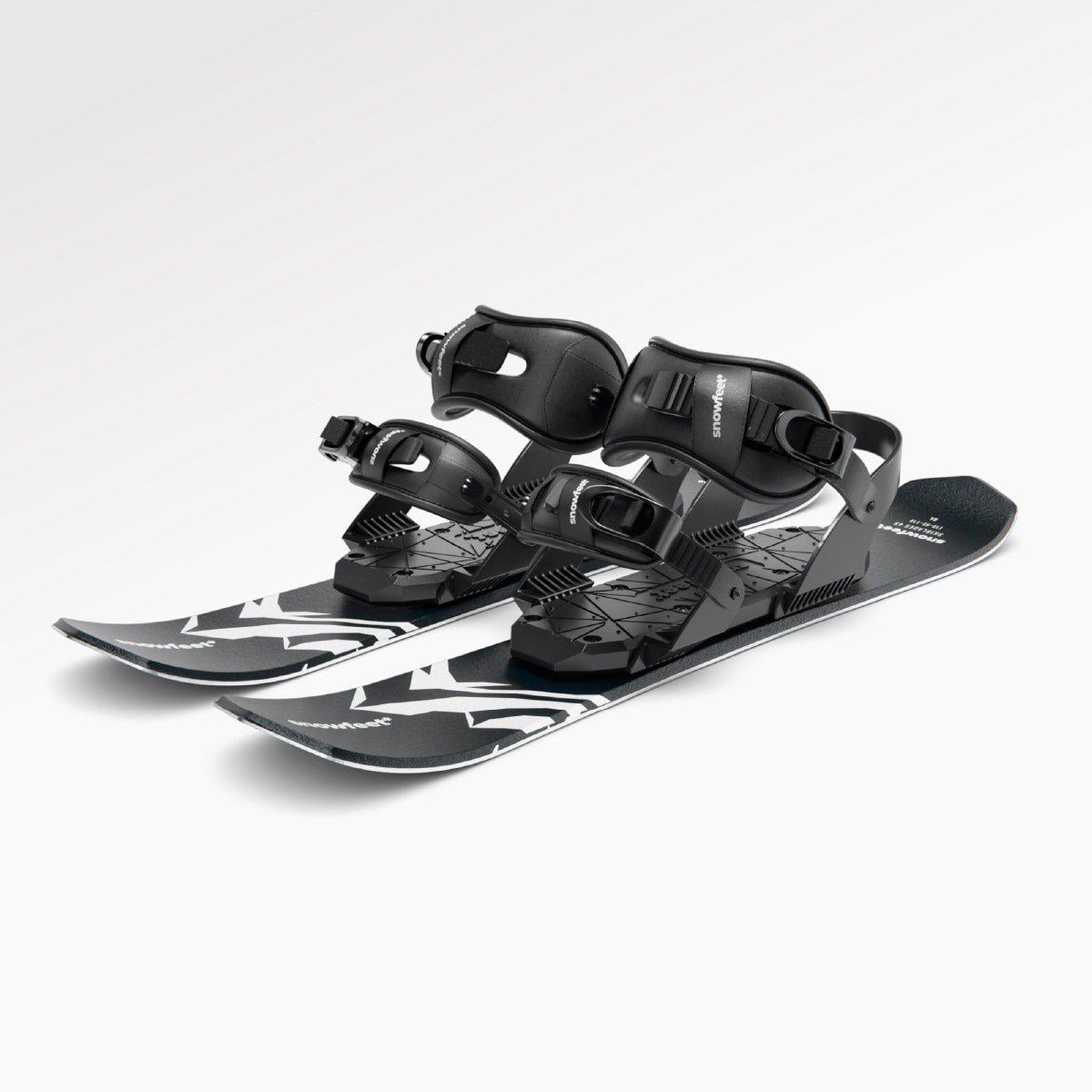



Leave a comment
This site is protected by hCaptcha and the hCaptcha Privacy Policy and Terms of Service apply.